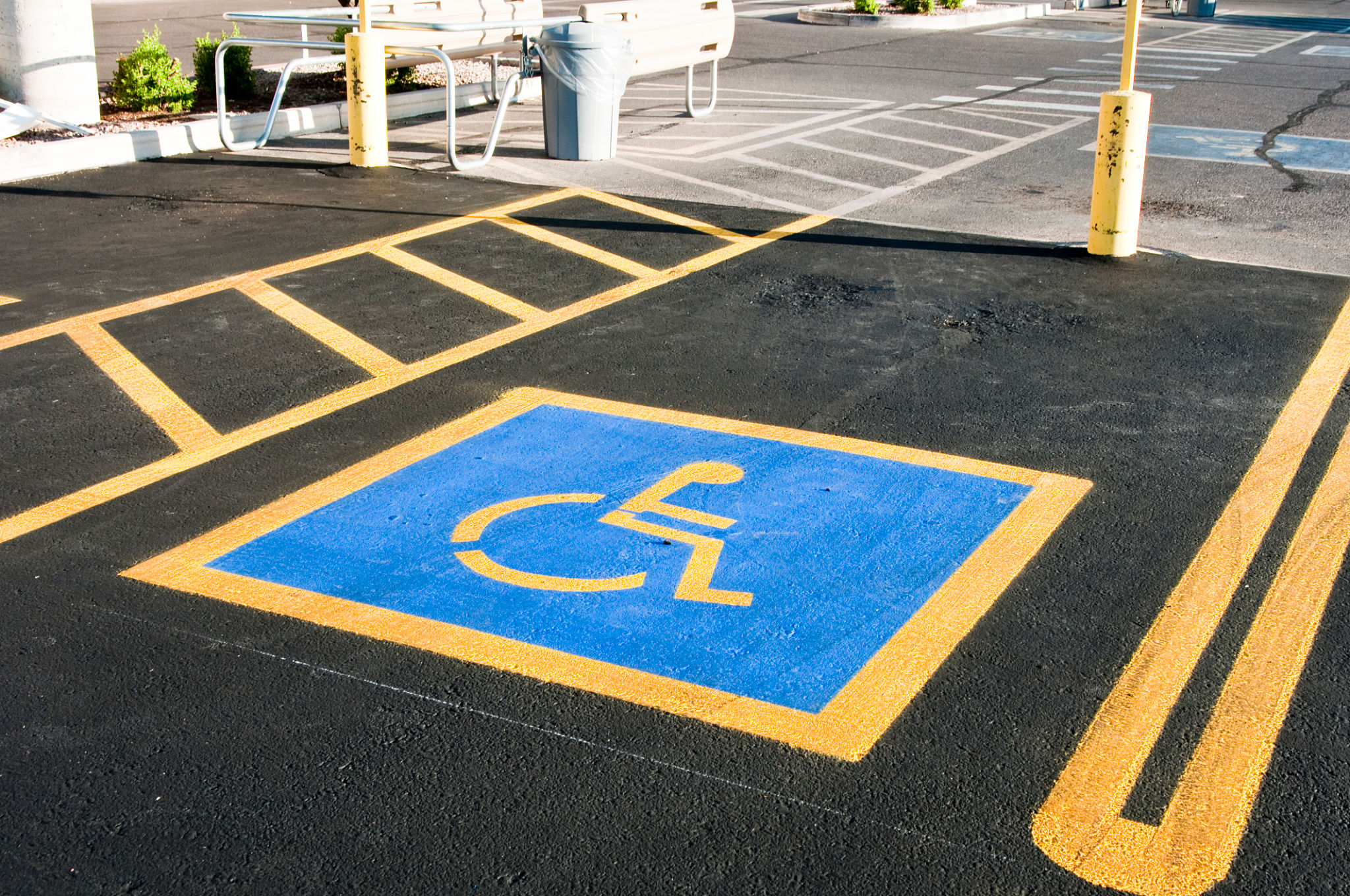Understanding the Line Striping Process: Improve Traffic Flow and Safety
Introduction to Line Striping
Line striping is a critical component in maintaining organized and safe roadways, parking lots, and pedestrian areas. By clearly marking lanes and boundaries, line striping helps guide traffic flow and ensures the safety of both drivers and pedestrians. Understanding the intricacies of the line striping process can significantly enhance traffic management and safety.
Proper line striping involves a combination of precise planning, high-quality materials, and expert execution. This process is vital not just for aesthetic reasons, but also for ensuring compliance with legal standards and improving the overall functionality of roads and parking areas.

The Importance of Line Striping
Enhancing Traffic Flow
One of the primary benefits of effective line striping is the improvement of traffic flow. By providing clear directions and delineations, line striping helps reduce confusion among drivers. This leads to smoother traffic movement and reduces congestion, particularly in high-traffic areas.
Boosting Safety
Safety is paramount when it comes to road and parking lot design. Properly marked lines ensure that drivers know where to go and where to stop, significantly reducing the risk of accidents. Additionally, pedestrian areas are better defined, minimizing the potential for dangerous encounters between vehicles and pedestrians.

The Line Striping Process
Preparation and Planning
The line striping process begins with thorough preparation and planning. This involves assessing the area to be striped, understanding traffic patterns, and determining the most effective layout for markings. Special attention is paid to compliance with local regulations, ensuring that all markings meet legal requirements.
Choosing the Right Materials
Selecting the proper materials is crucial for achieving durable and visible stripes. The choice of paint or thermoplastic materials depends on factors such as climate, traffic volume, and specific needs of the area. High-quality materials ensure longevity and reduce the frequency of maintenance.

Application Techniques
Once the planning and material selection are complete, the actual application begins. Skilled technicians use specialized equipment to apply the markings with precision. Techniques may vary depending on the type of surface and material being used, but accuracy is always prioritized to ensure straight lines and even spacing.
Maintenance of Line Striping
Regular maintenance is essential to keep line striping effective. Over time, weather conditions and heavy usage can wear down markings, making them less visible. Scheduled inspections help identify areas that require touch-ups or complete re-striping, maintaining safety and efficiency.
In conclusion, understanding the line striping process is crucial for improving traffic flow and enhancing safety on roads and in parking areas. By investing in quality materials and expert application, municipalities and businesses can ensure that their traffic systems function smoothly and safely.
